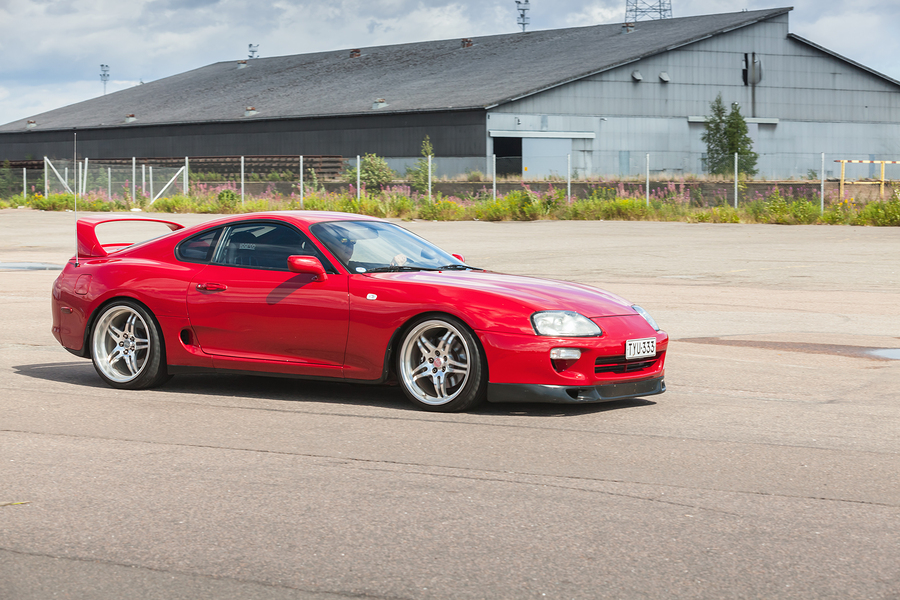The Toyota Supra: Heritage of Power
The Toyota Supra was in essence the result of the decision made by Toyota in 1979 to rebrand the Celica Coupe and reintroduced to the markets as the Celica Supra Mk I. Using the words Mark I or Mark II was the craze for marketing Yoda’s back then when the aviation industry was breaking sound barriers like eggshells. The first Supra that was released into the markets was not just wider or longer than the Celica as it came with 110 HP which was backed by a 2.6 L inline-six engine equipped with a fuel injection system that was electronically controlled.
Merely 2 years after the engine was revamped to spit out 116 HP backed by a 2.8L engine paving the way for the next Supra that was about to hit the markets in the form of the Mark II. The Mark II Supra underwent a total redesign and engine upgrade that allowed the longer and wider car compared to the MI due to its twin-cam engine to vomit 145HP which enabled this ‘hell on wheels’ to hit 60mph in lesser than 10 seconds. The MII took the world by storm and Toyota pushed their engineers even harder until they came up with the Supra Mark III in 86.
This time around the speed demon packed an inline 6 system that was backed by an awesome 3.0 litre engine. The MIII was the reason behind the separation between the Supra and the Celica name as the Supra MIII gave the car enough ground to stand on its own and within a year after the first MIII was released, the turbo charged version exploded into the market in 87 that added an effective 32HP power boost to the already powerful car. This model kept the market content right up to 1993 when Toyota rolled out the Supra Mark IV that maintained the same inline 6 3L engine, but attached to a sequential twin-turbo system that made the monster travel from zero to sixty within 5 seconds.
The car was a smash hit until the strong growth of the Yen caused the Supra’s market price to break the 40,000 USD mark which rendered the car as a luxury item that most people could not afford and despite Toyota’s efforts to reduce the car price to 30,000 USD, by stripping down the Supra the markets were blasted with so many choices that it did not make a dent in the consumers decision making process, especially in Asia as the entire region was undergoing economic turmoil due to the Asian economic crisis which ultimately was the cause for the production to stop.
Up to now, there haven’t been a single sound made by the ‘Supra Team’ at Toyota apart from the rumours circulating about a new Supra being worked on that uses the Toyota FT-HS which would mean that this bad boy is going to explode into the scene packed with nothing less than a 3.5 L V-6 hybrid system that would spit out at least 400Hp.
It does seem that this is the ‘clam before the storm’ if at all these rumours are indeed the truth, the whole truth and nothing more than that! By the way, to add to the suspense, what we do know is that Toyota had renewed the ‘Supra’ brand Name at the US Patent office in 2014 and these renewables are only valid for 3 years and the clock is quickly ticking away.
